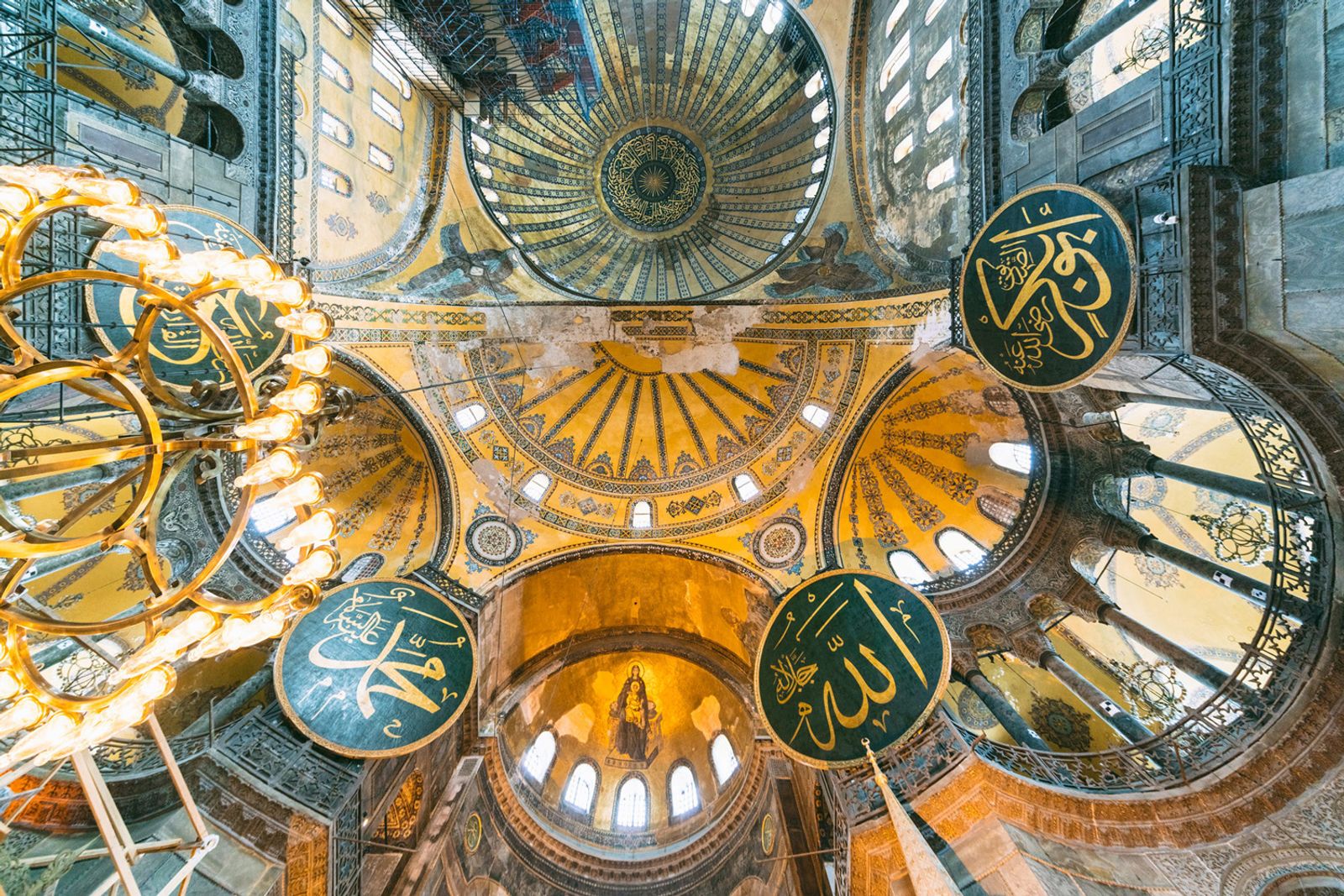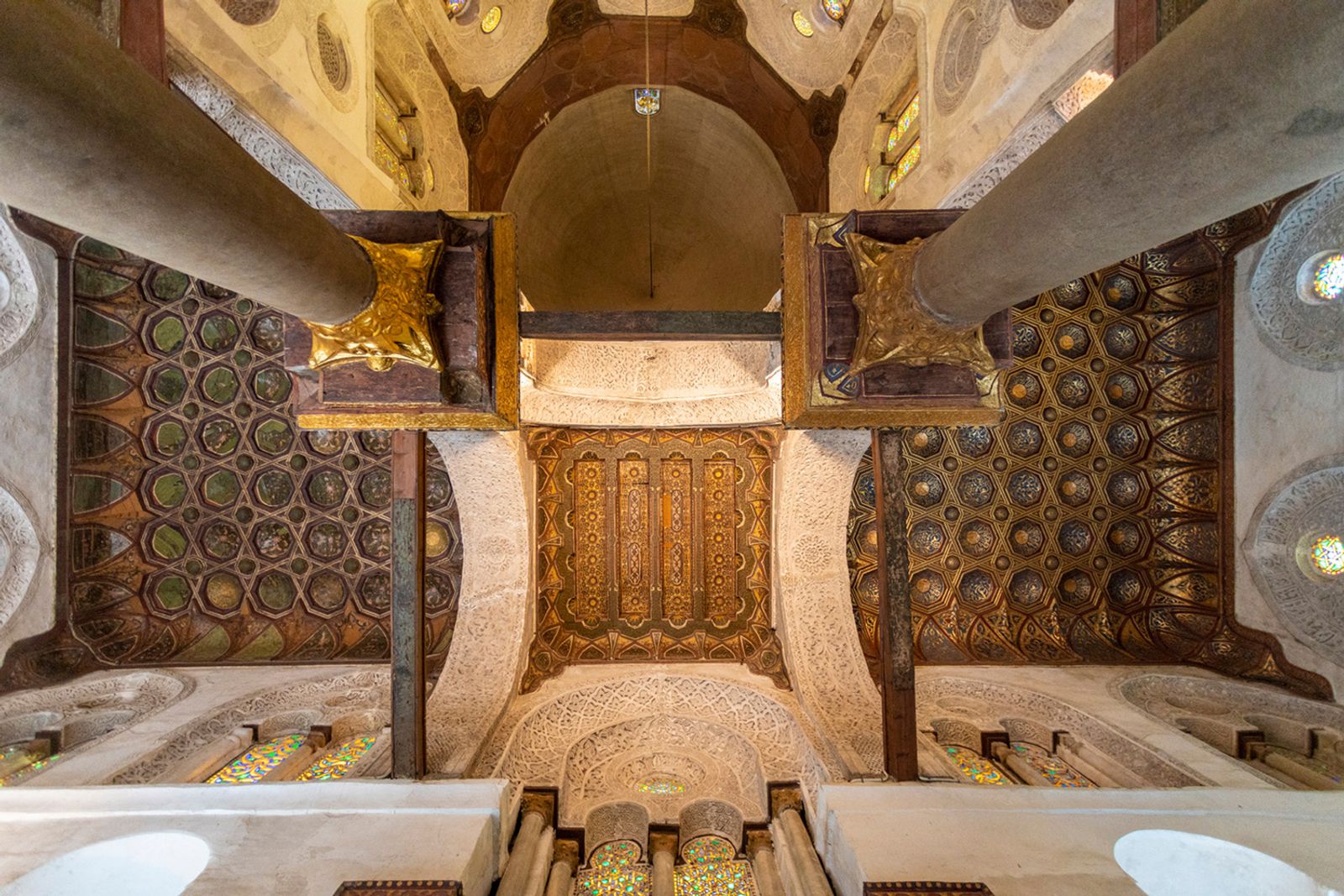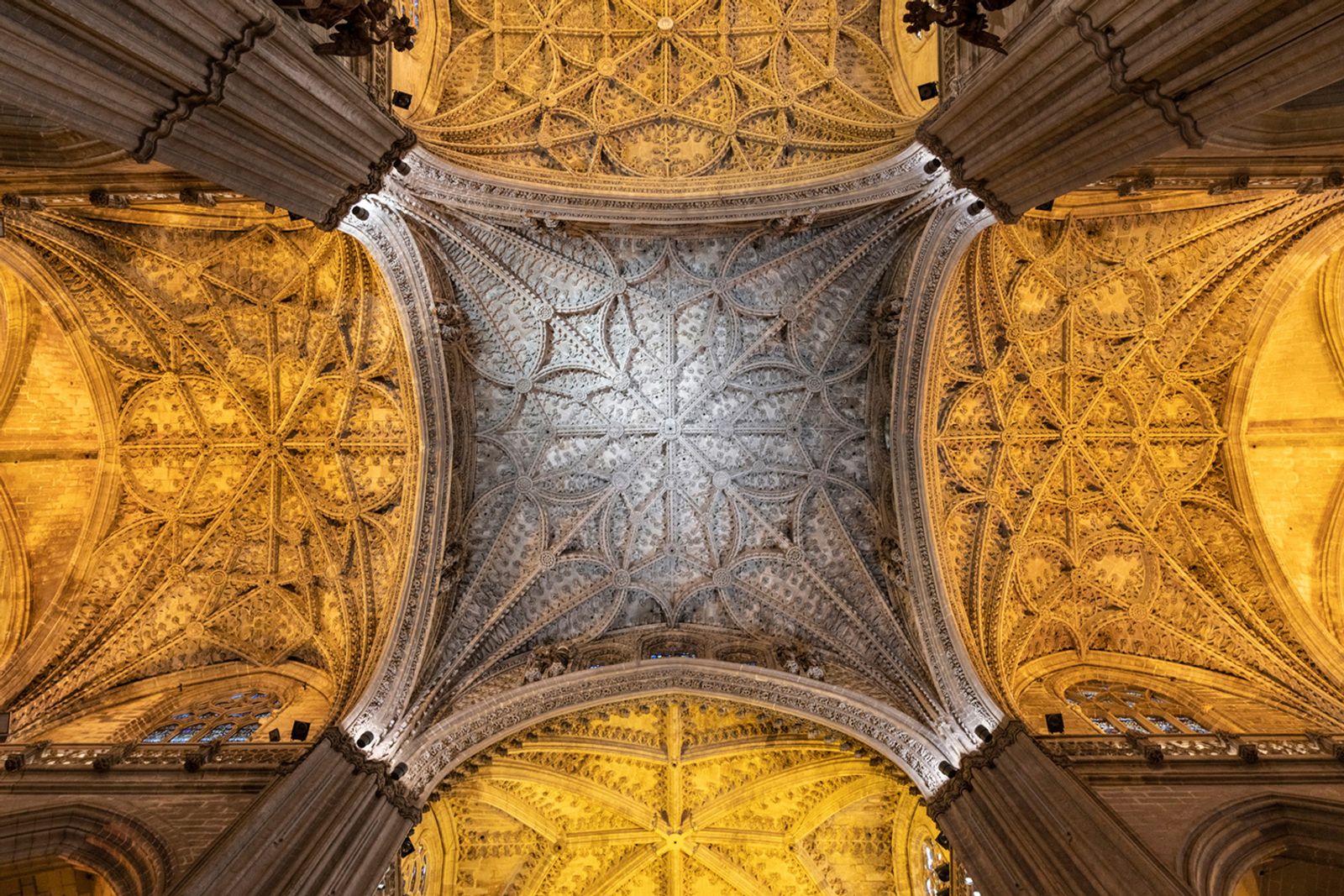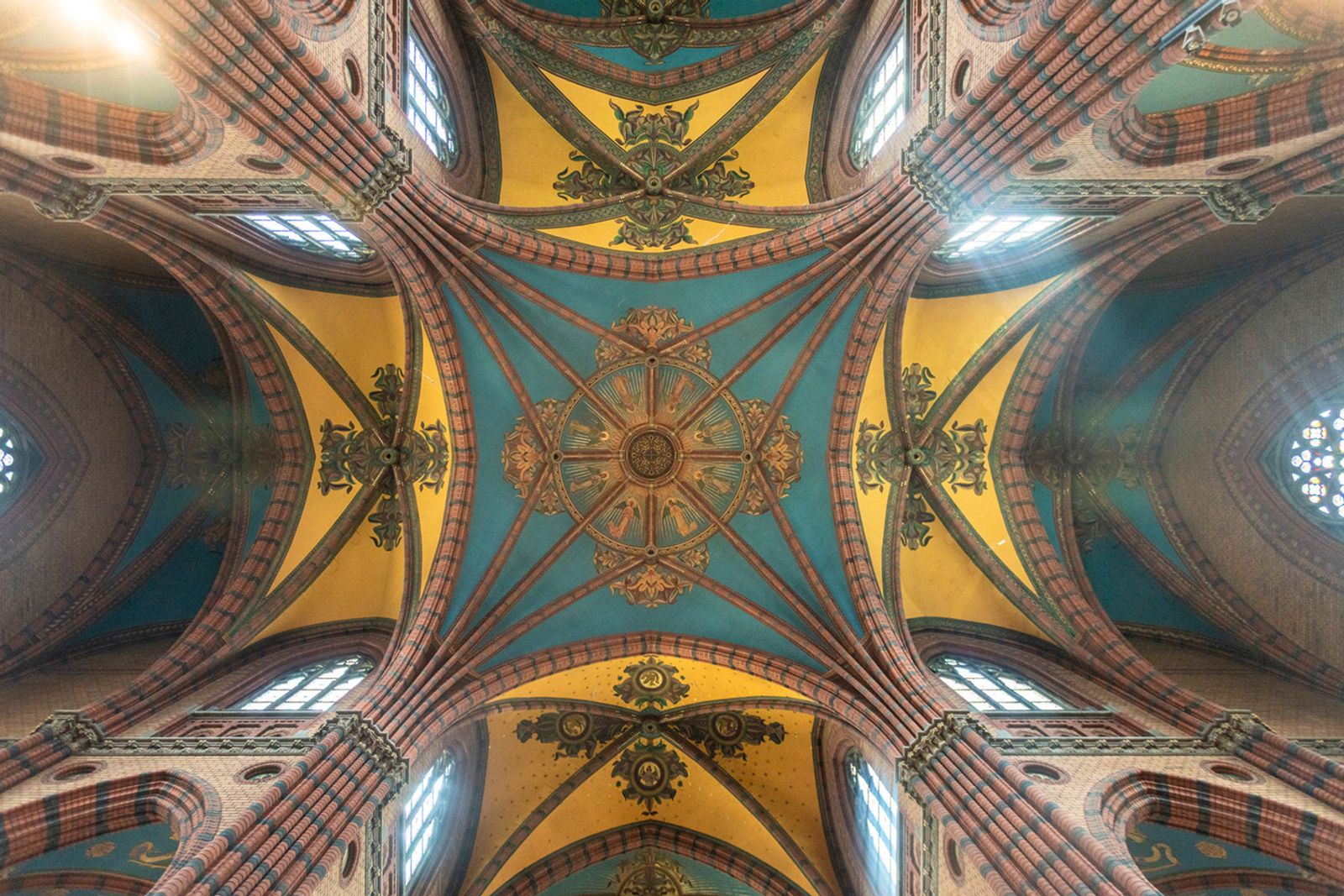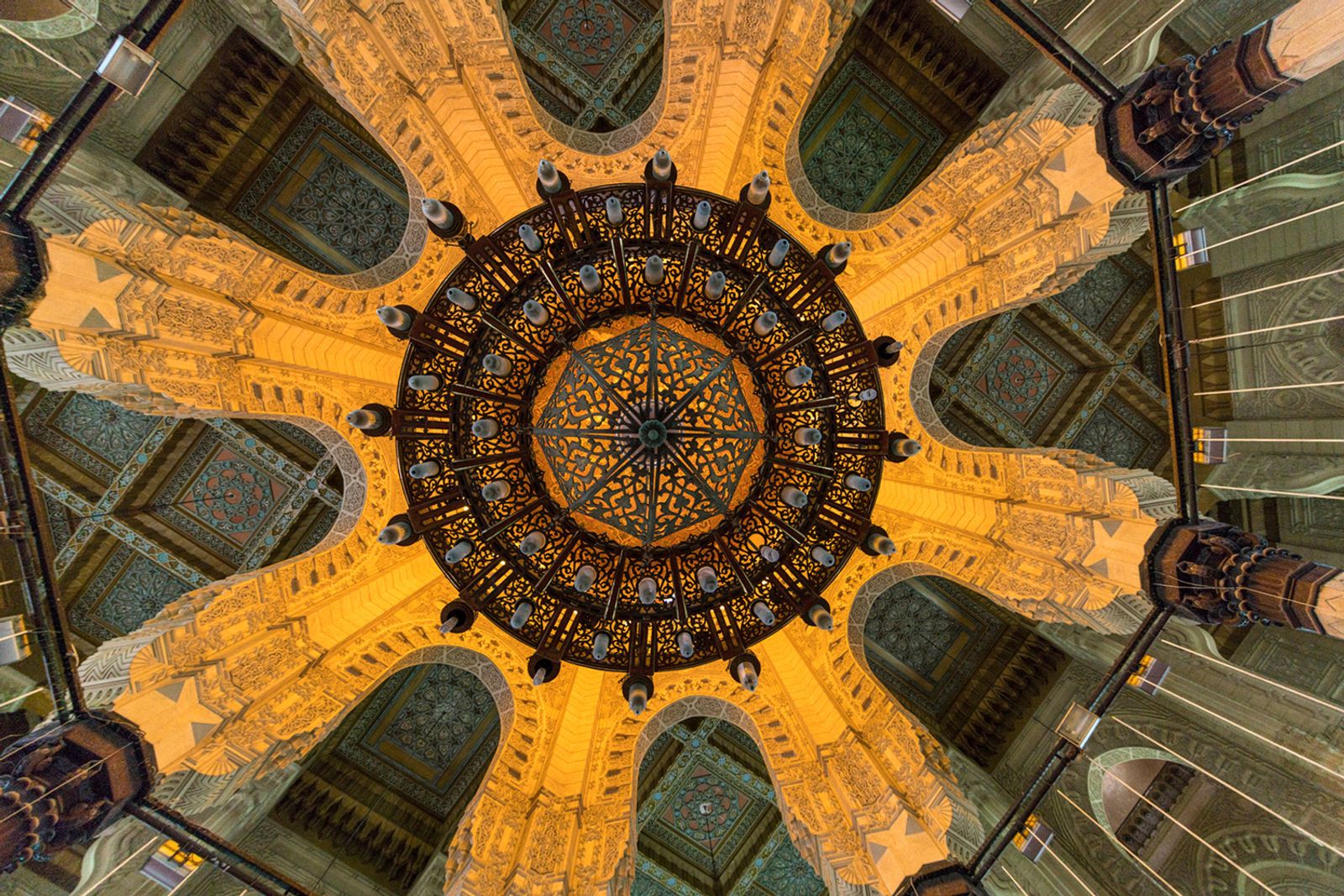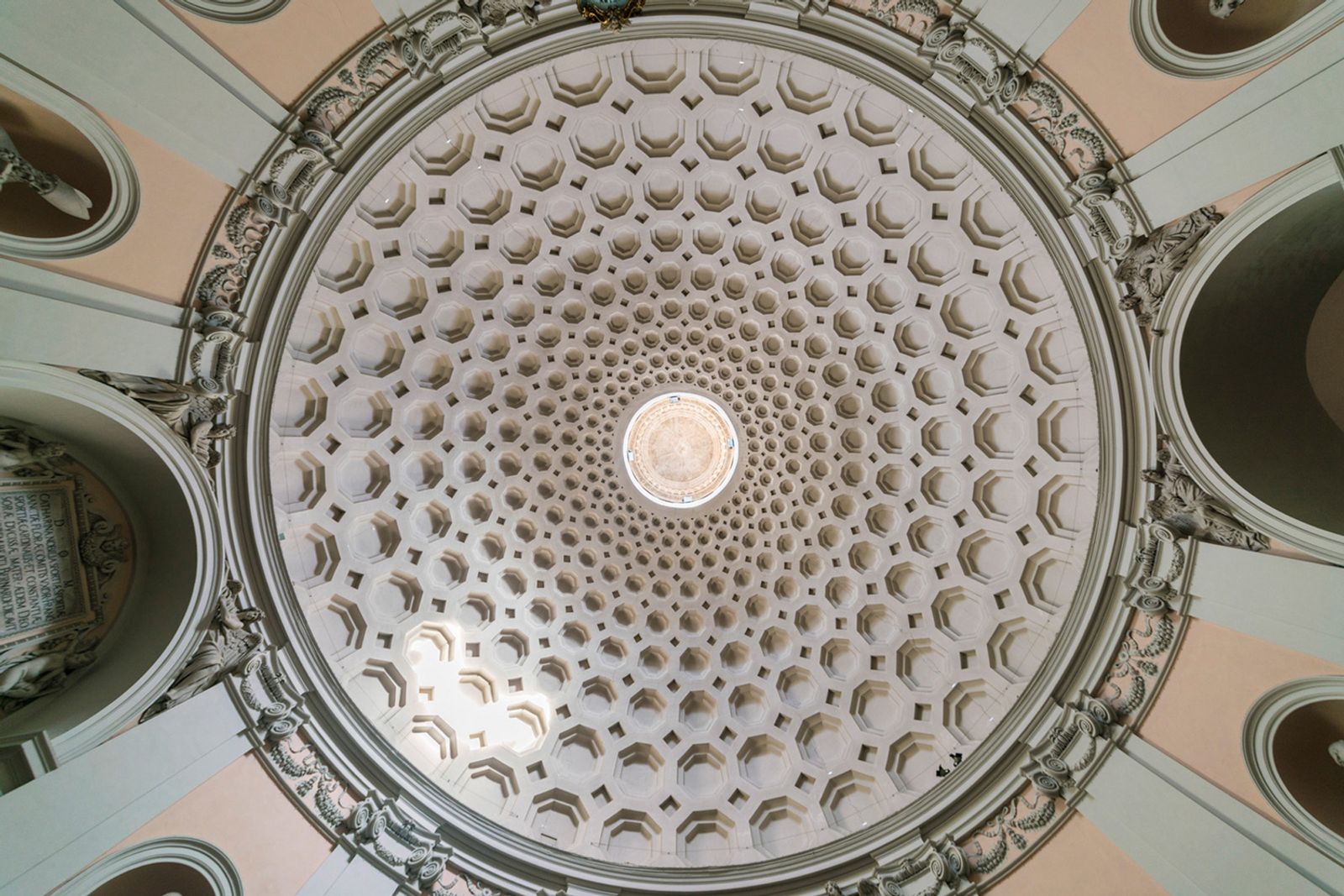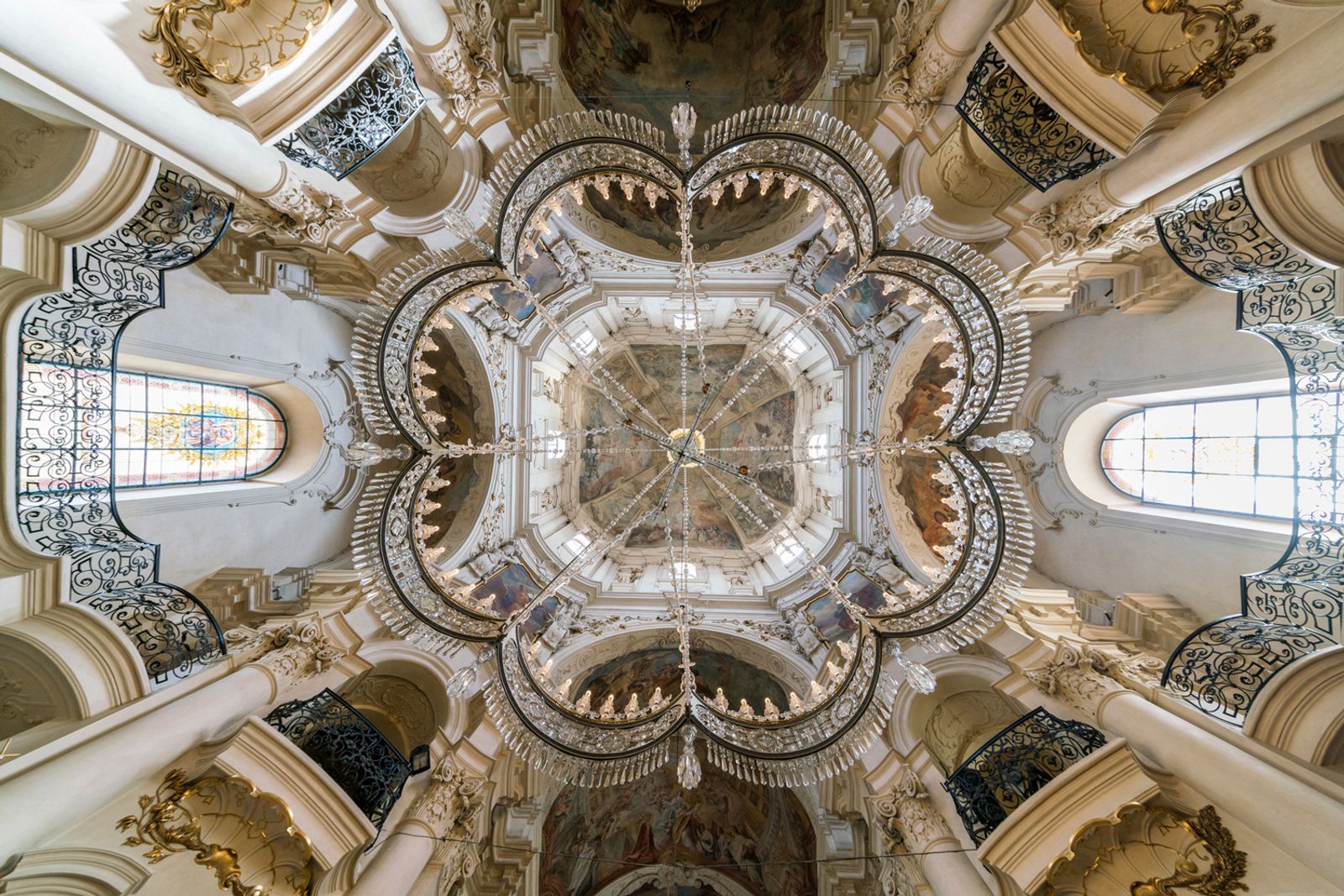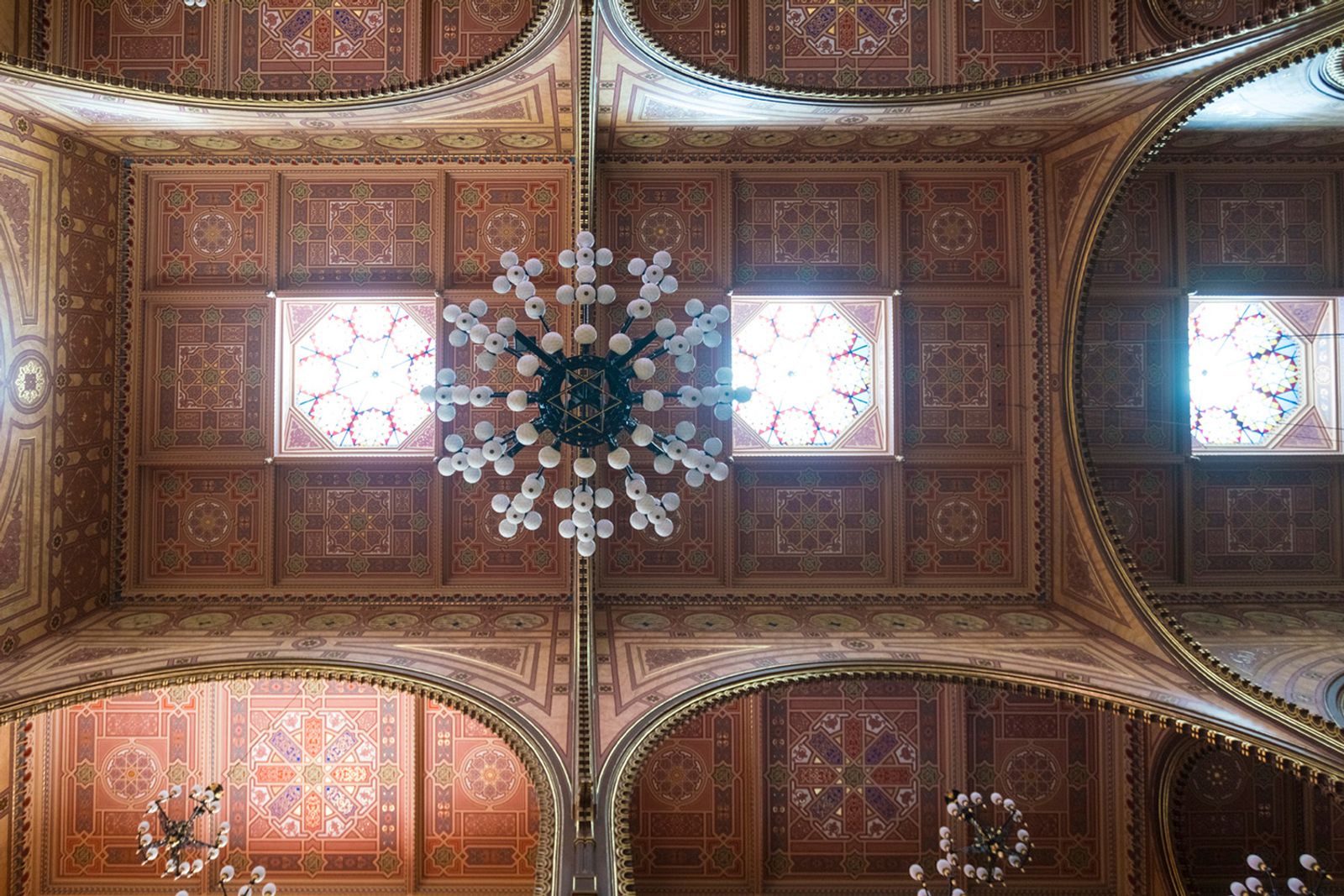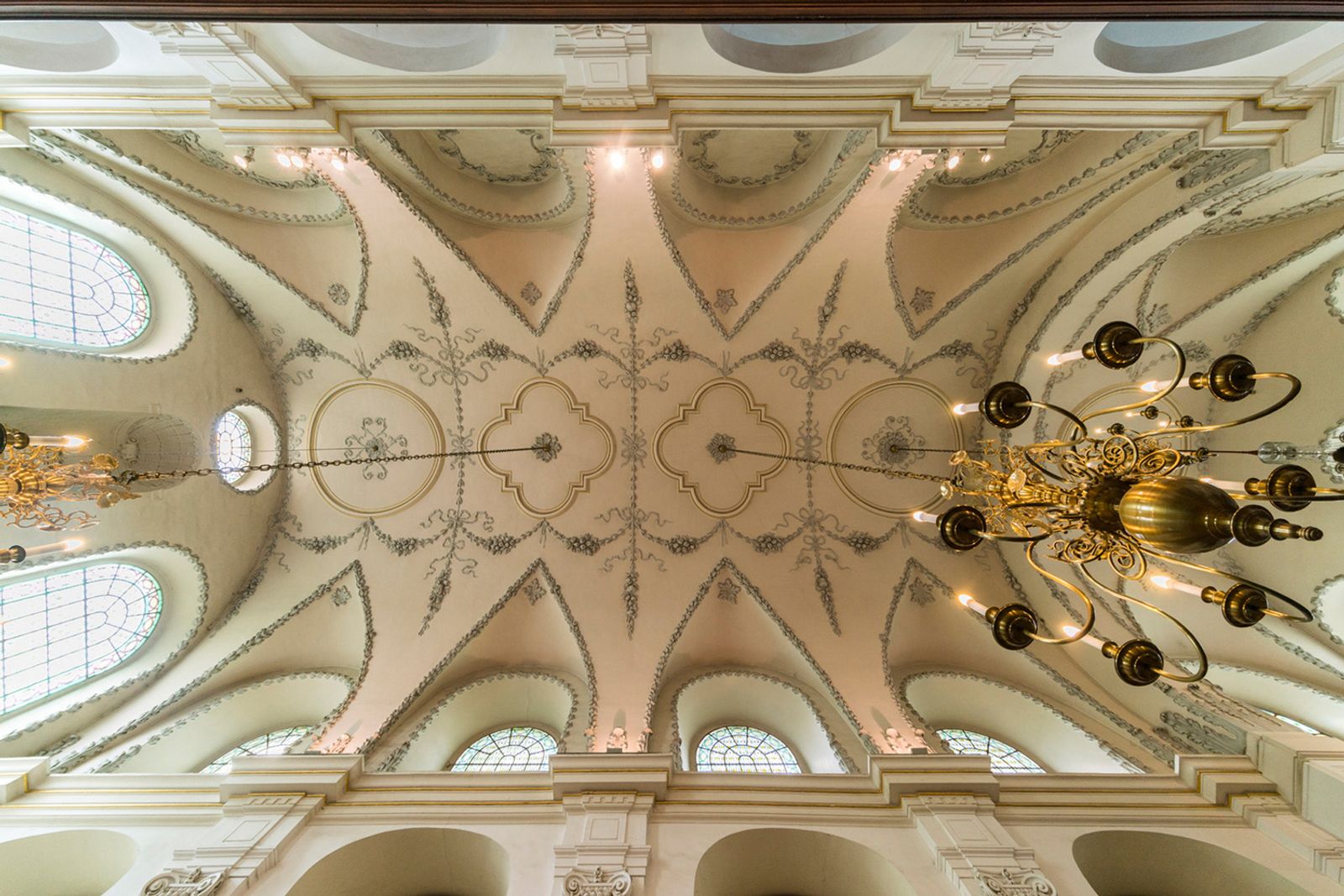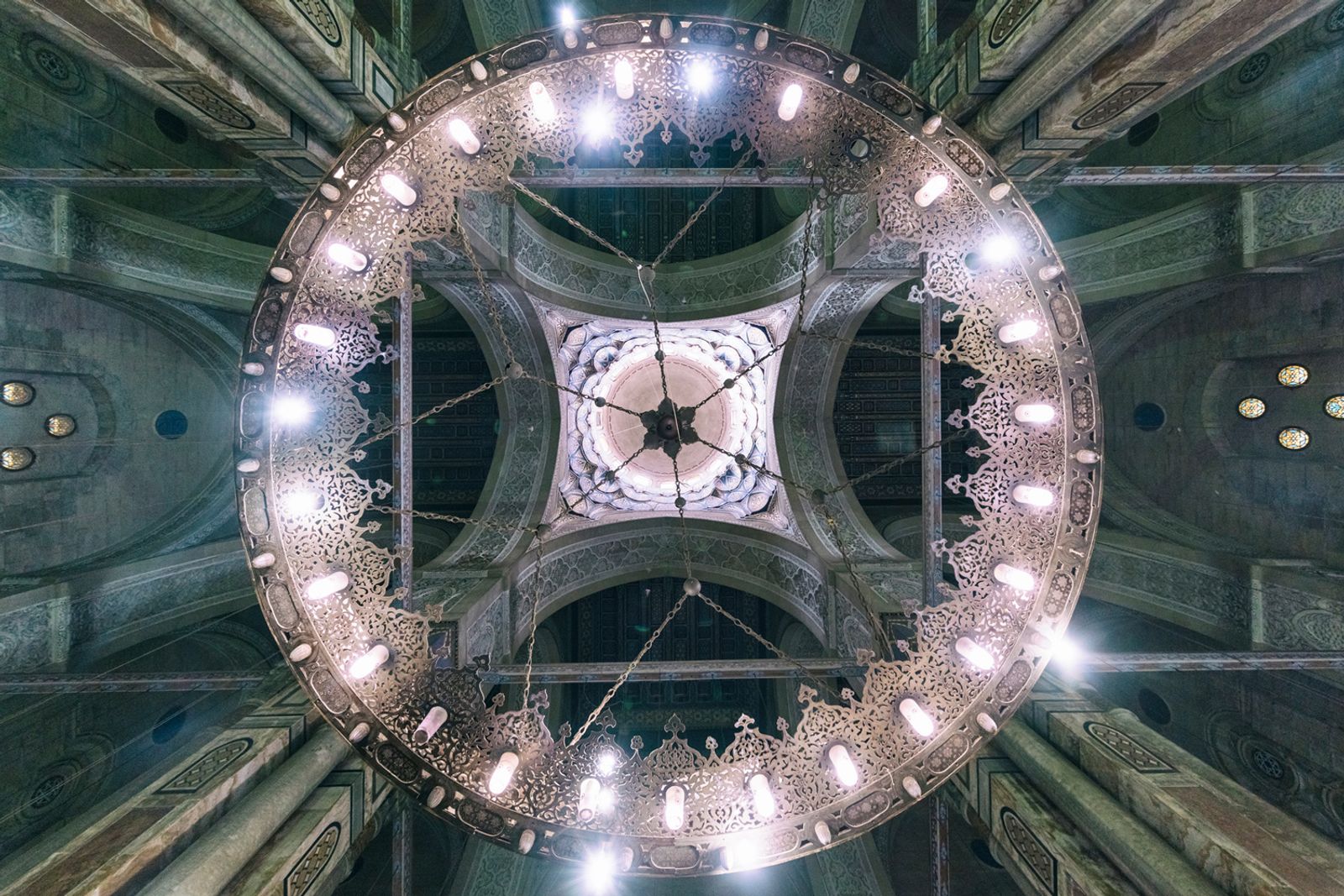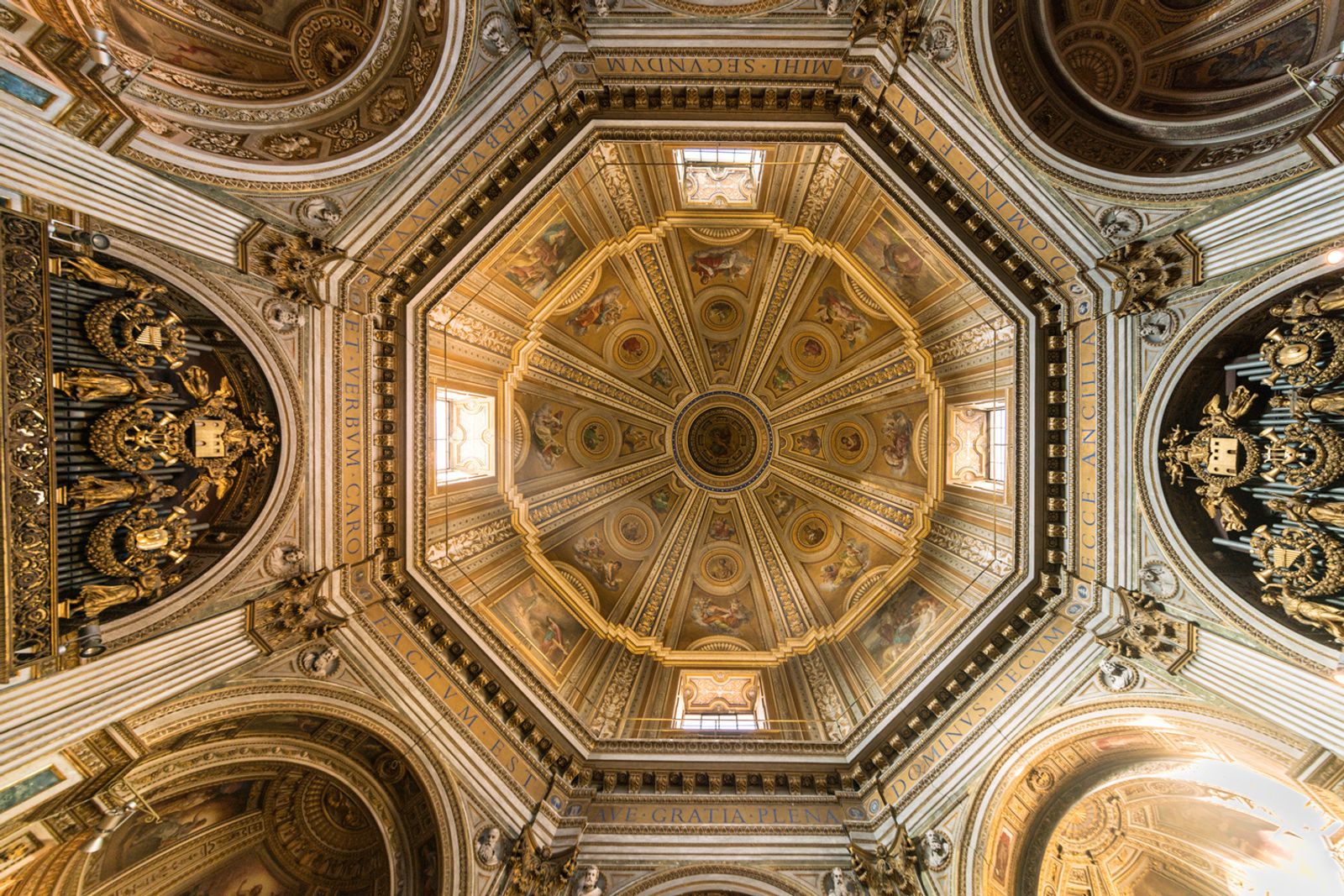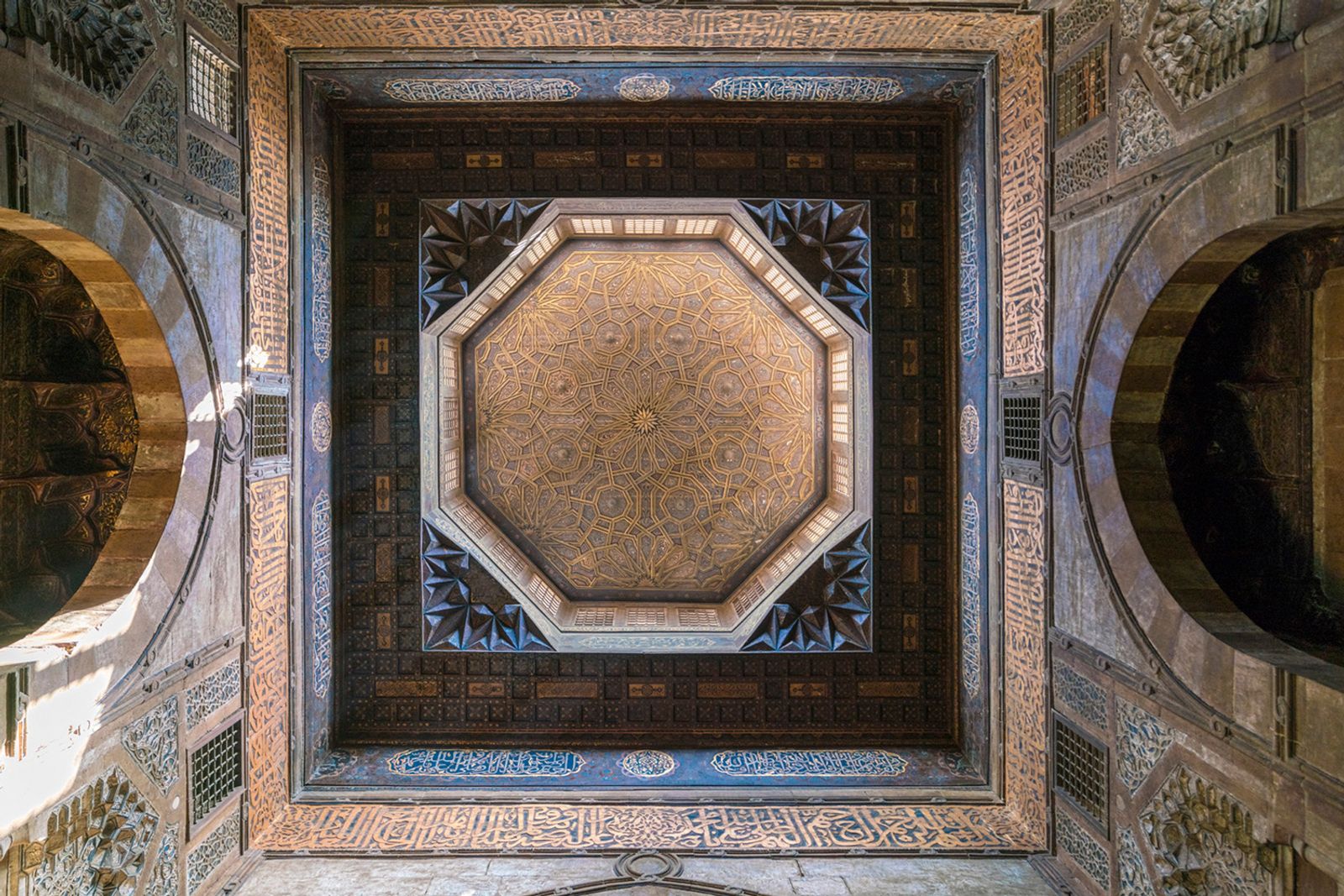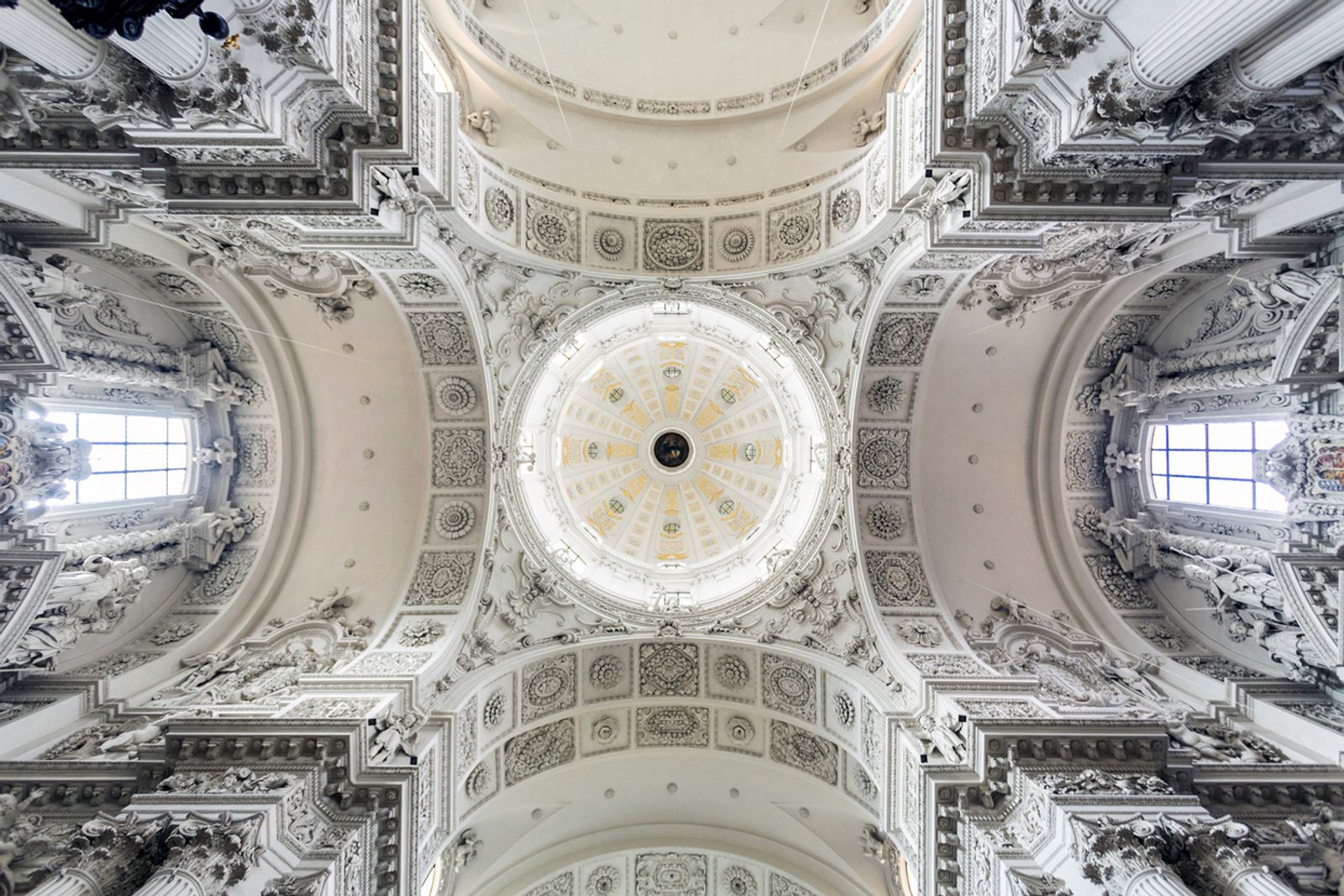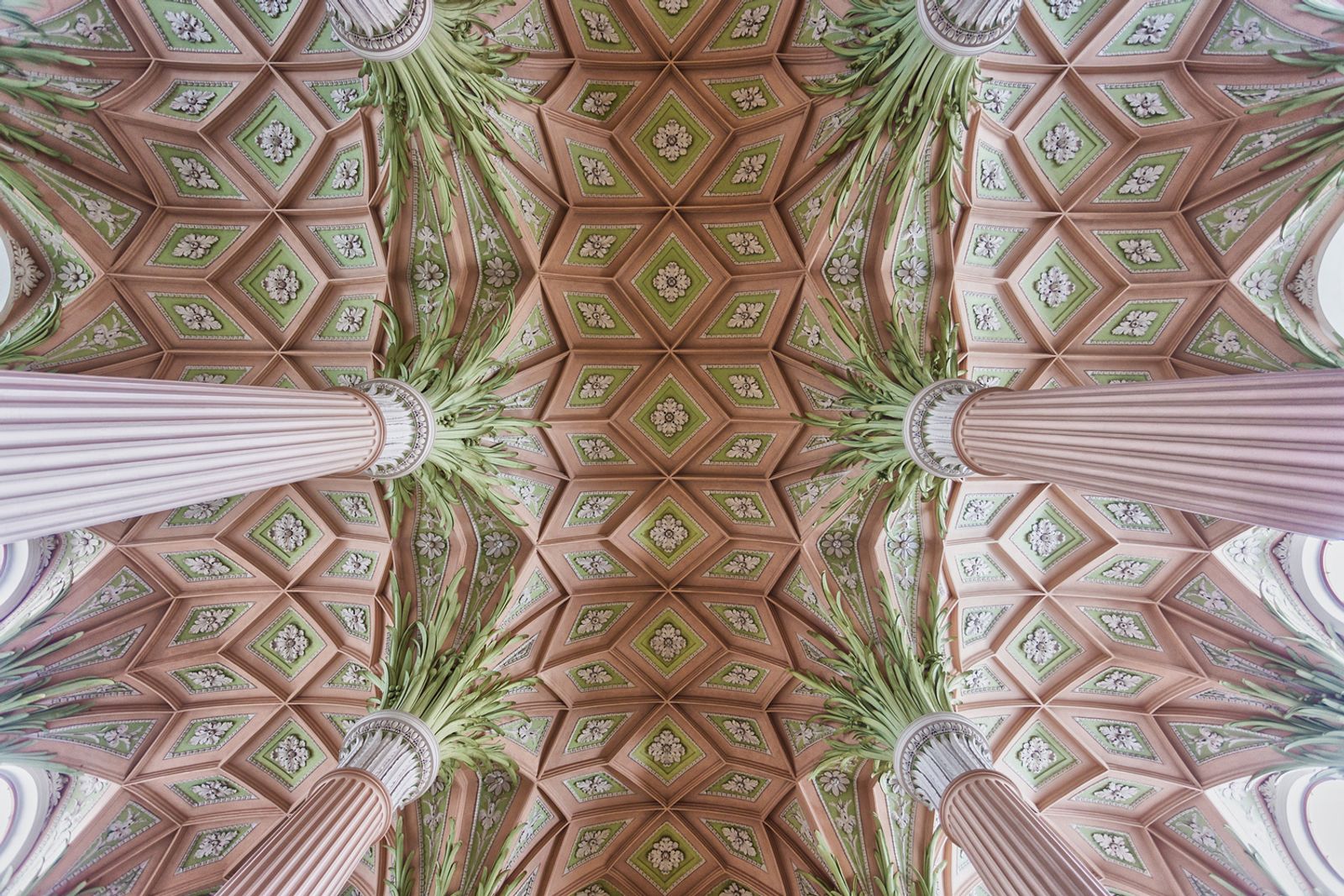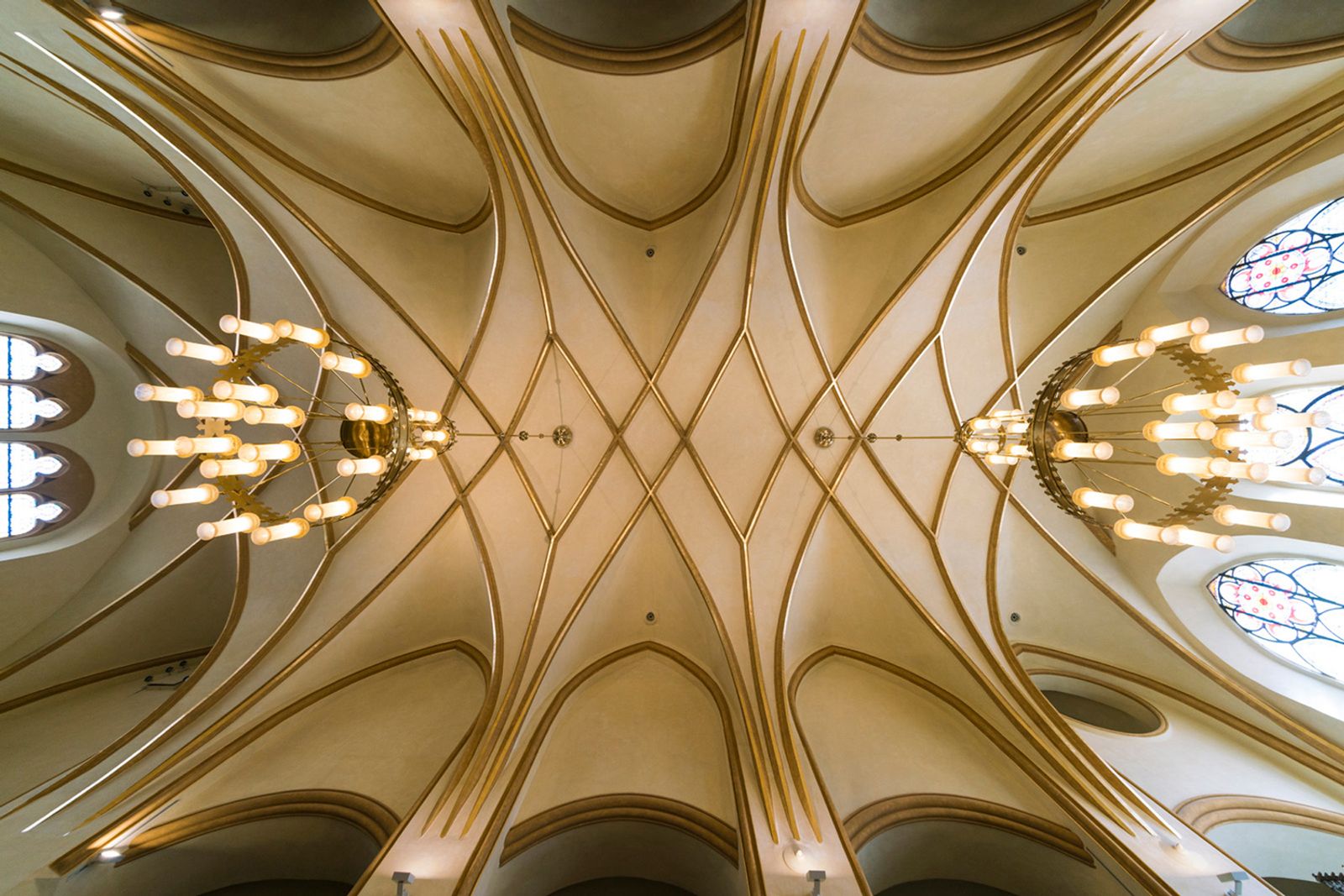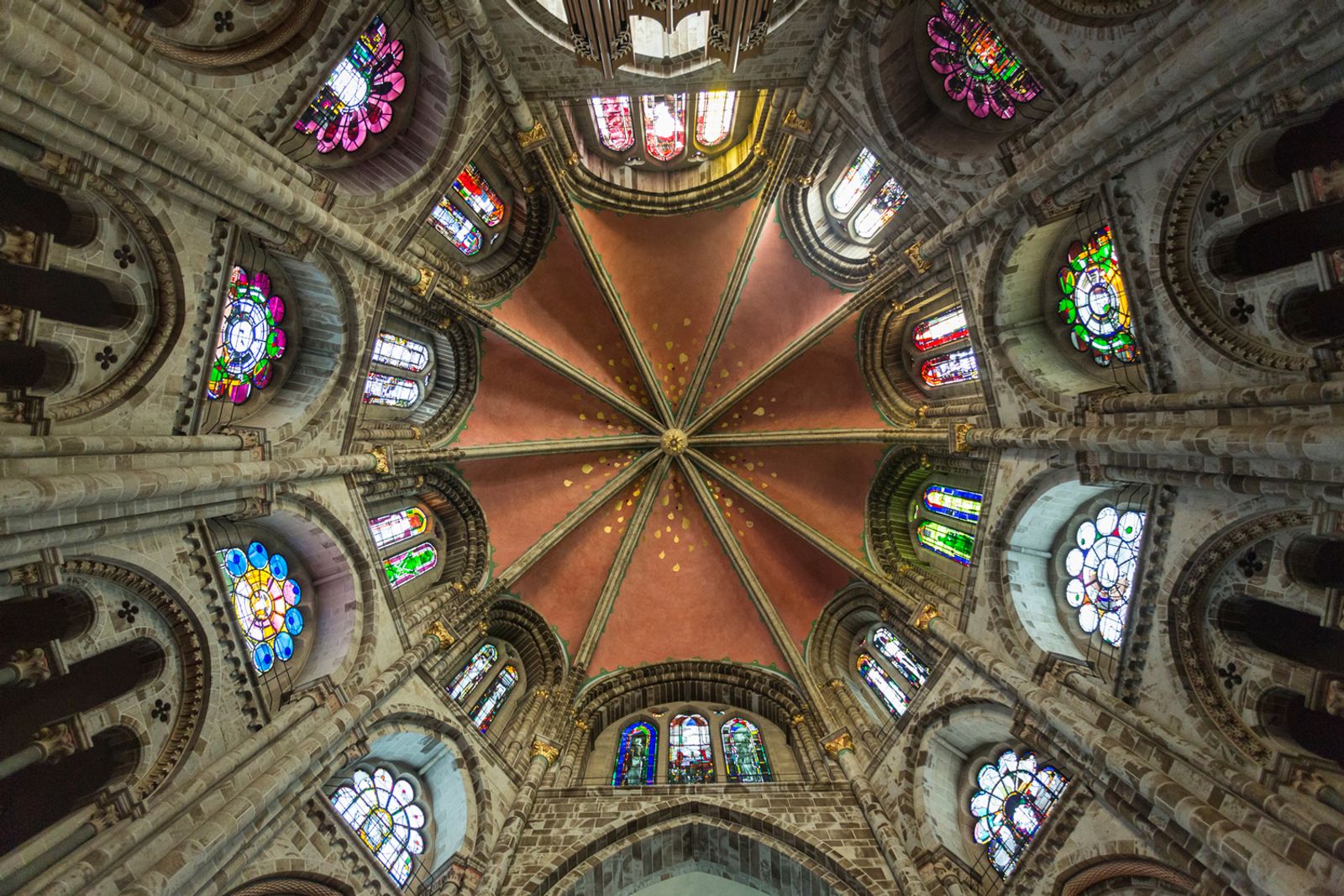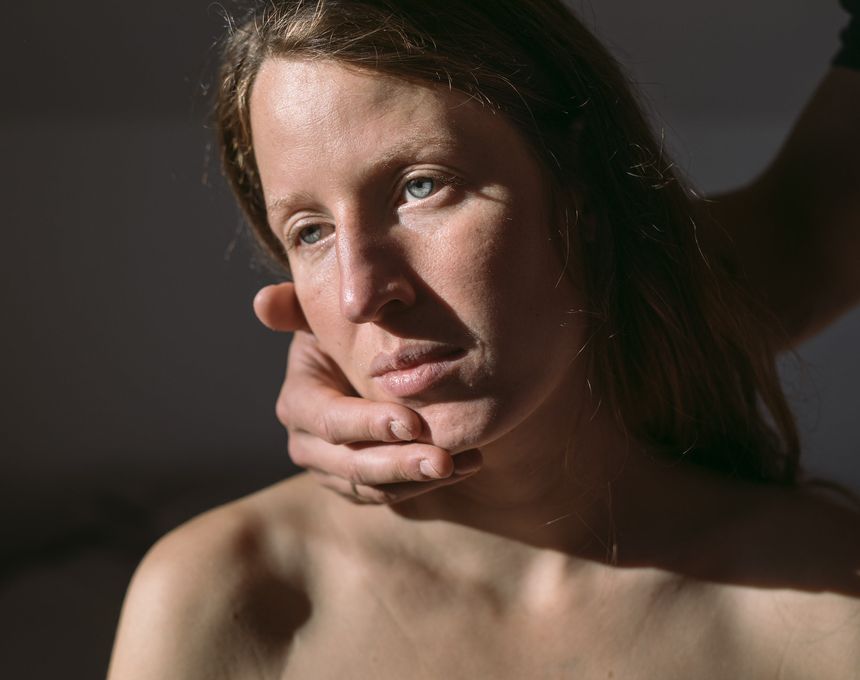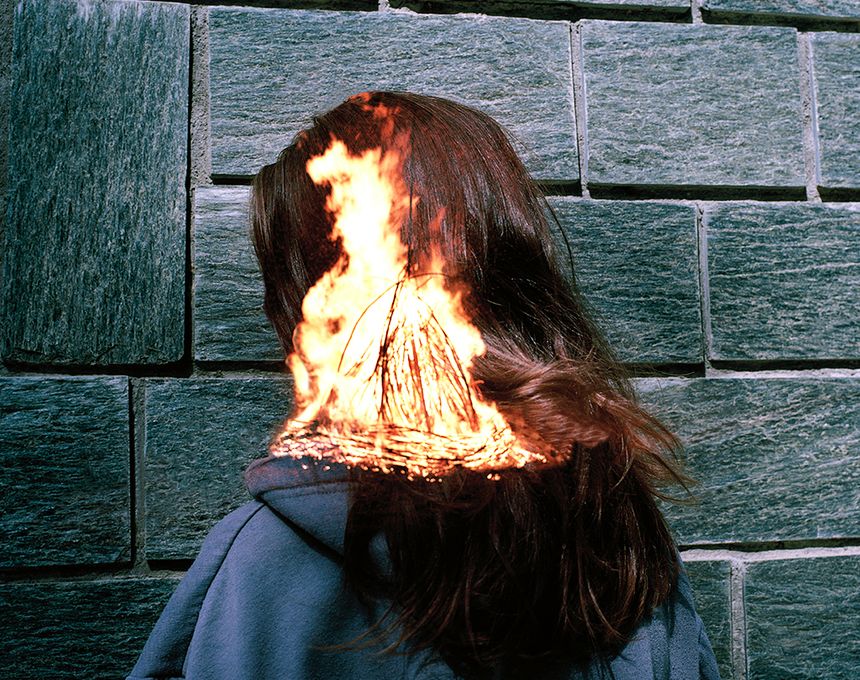Intersection
-
Dates2014 - Ongoing
-
Author
- Locations Stockholm, Cairo, Athens, Prague, Cologne, Alexandria, Istanbul, Seville, Budapest, Garching, Saxony, Italy, Paris
For ancient civilisations like the Egyptians, Greek, Roman, and Persian, religion was an important part of people's life. this helped to shape different cultures and norms based on each one belief. Some believed in multiple gods or life after death. Most of the ancient monuments we have today are related to beliefs, Mythologies and the idea of a life after death. By the time of Abraham, the idea of religion changed, Abraham appealed for worshipping a single almighty God and rebelled against the worship of multiple gods and paganism in general. The major Abrahamic religions in chronological order of founding are Judaism in the 7th century BCE, Christianity in the 1st century CE, and Islam in the 7th century CE. Christianity, Islam, and Judaism are the Abrahamic religions with the greatest numbers of adherents. We are usually aware of the differences and the conflicts between the religions that could be heated up sometimes to discuss. This project is demonstrating the similarity and difference, the intersection points between the three religions and their religious housing. A major part of each religious building is the ornamented ceilings. While Christians use paintings of angels and humans a lot, both Muslims and Jews avoid this in their buildings. Over the centuries we could see a certain dialogue between the three religions, through replicating, adapting or reforming of elements from each other. I cover in my project different religious houses spread around Europe and the Middle East and dug deeper into it to have a better understanding of the dialogue and exchange that has been going between the three religions in the times of war and peace.
